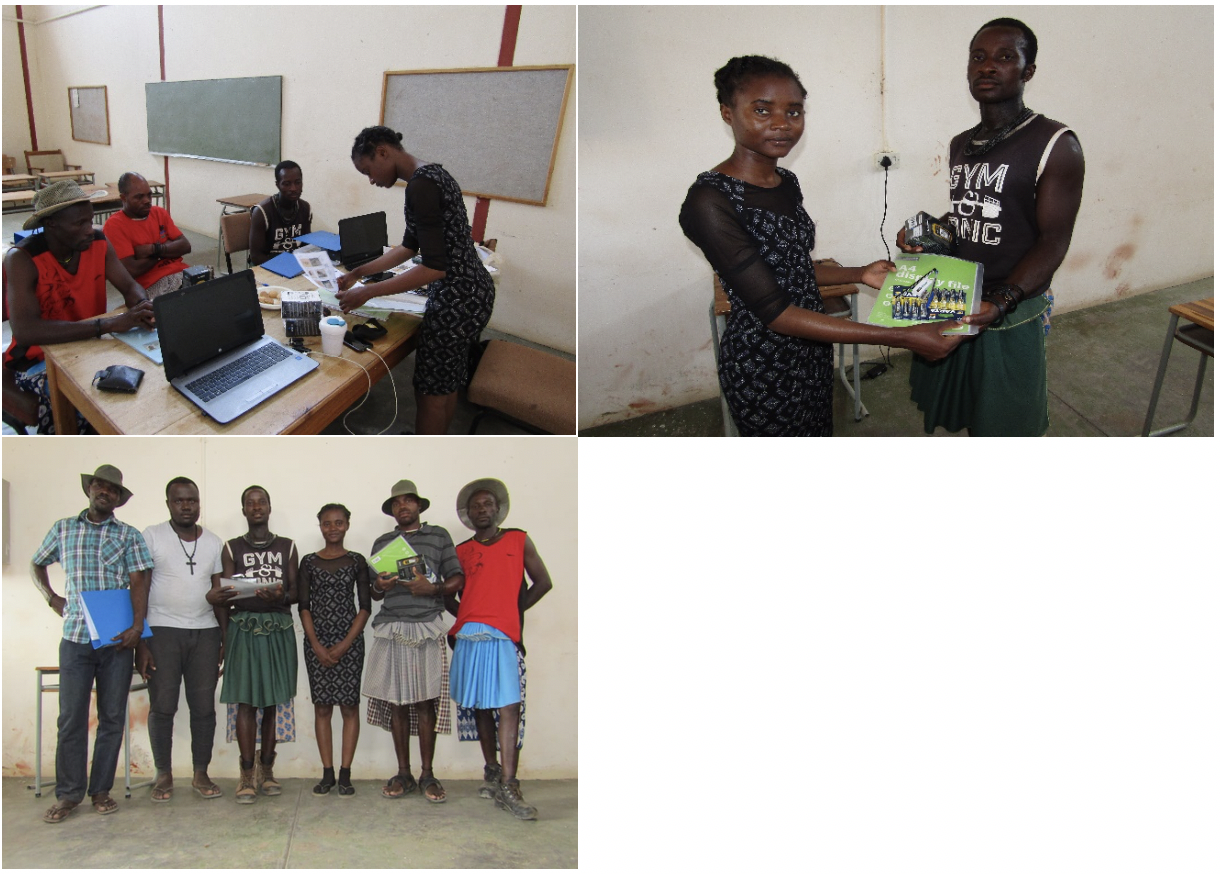Kraal structure measurement and vegetation structure assessment at carnivore kill sites, Epupa conservancy.
A team of two SCIONA student researchers left Windhoek for three weeks long (10th 30th November 2019) trip to Epupa conservancy. The team was set to work in seven management blocks of the conservancy; Okandombo, Epupa, Omuramba, Omuhonga, Ondendu, Okanjandi and Ogondjanambari block. The students were joined by game guards who assisted and directed them to kill sites within their duty blocks.
We kicked off with Okandombo block 11-12 November and thereafter spent a week-long (13-17 November) in Epupa and Omuramba visiting kill sites and assessing kraal structure. Epupa and Okandombo blocks border the Cunene River and many of the incidents reported, crocodiles were the culprits. The last days of the trip were wild camping in Ondendu, Okanjandi and Ongondjanambari and concluded in Omuhonga.
The purpose of the trip was to collect data on kraal structure, conduct a para-ecologist GPS training and sample vegetation structure at carnivore kill sites. Kraals were assessed to evaluate the effectiveness of structure to protect livestock from carnivores. About 30 kill sites were visited and vegetation structure sampled. During our stay in Ondendu, two fresh kills of goats attacked by caracals were reported.
Observing areas visited, one could conclude that livestock depredation occurs in areas distant from villages, close proximity to mountains, river banks and landscape were livestock is vulnerable. Due to recurring droughts, farmers have moved to permanent water points and along the river. Livestock feed on Hyphaene pertersiana leaves, and Faidherbia albida pods along the banks of the Cunene. Mitigation measures in place to protect livestock include walls of thorny branches build along river bank at high-risk areas.
Author(s): Silver Hevita, Ailla-Tessa Iiyambula





